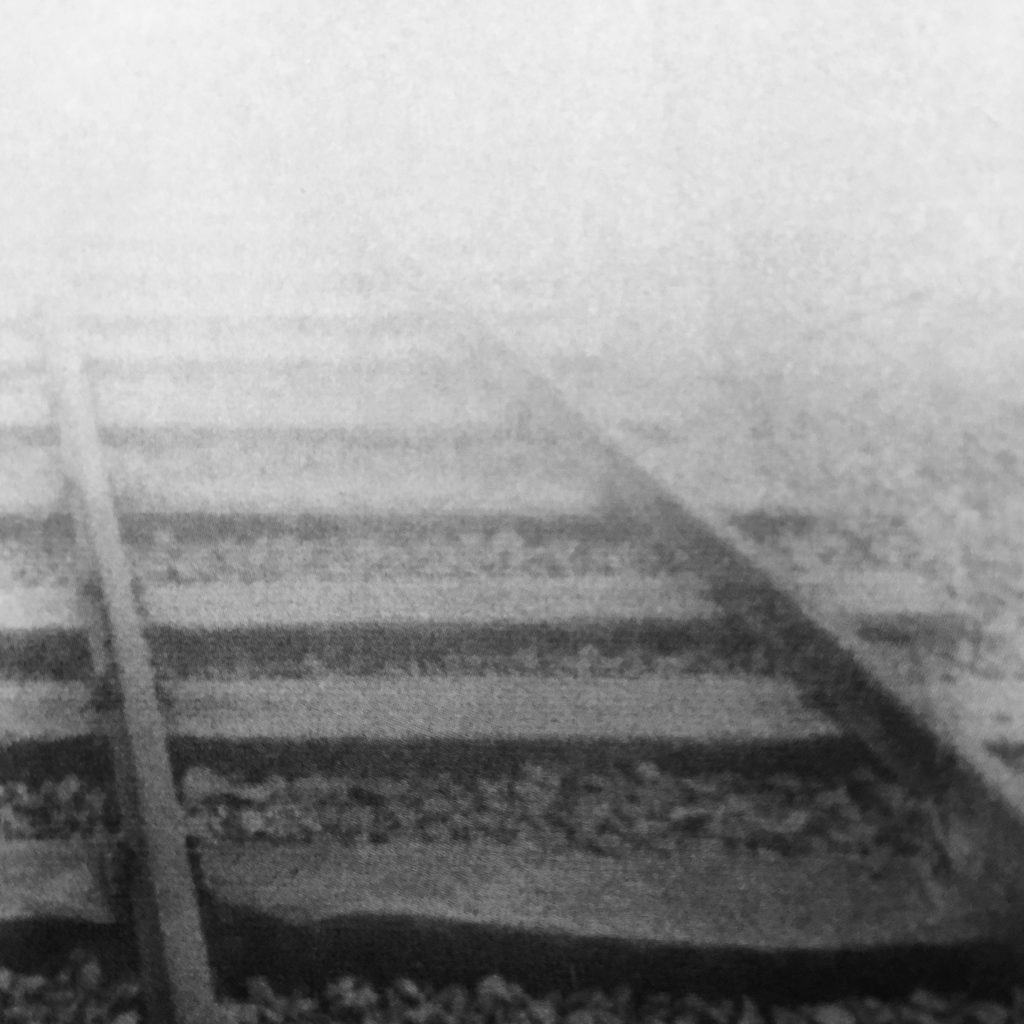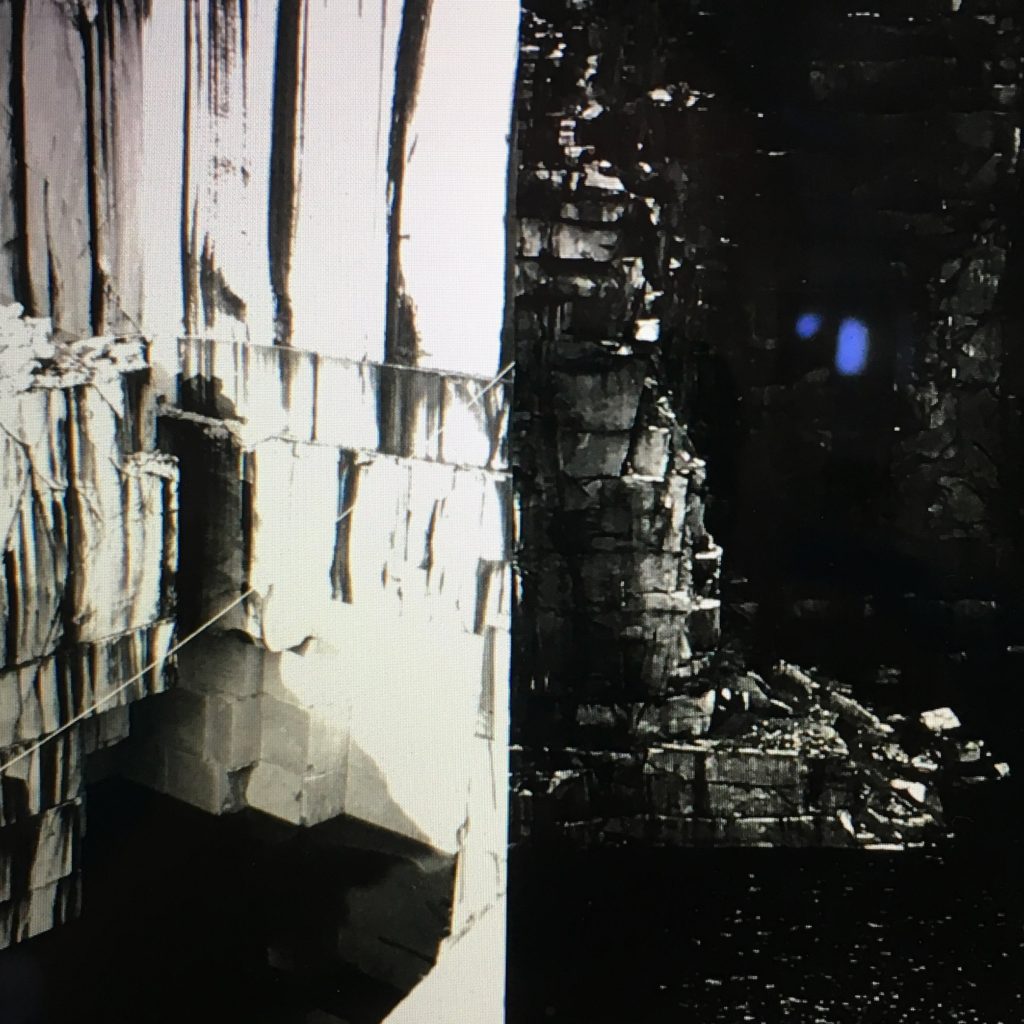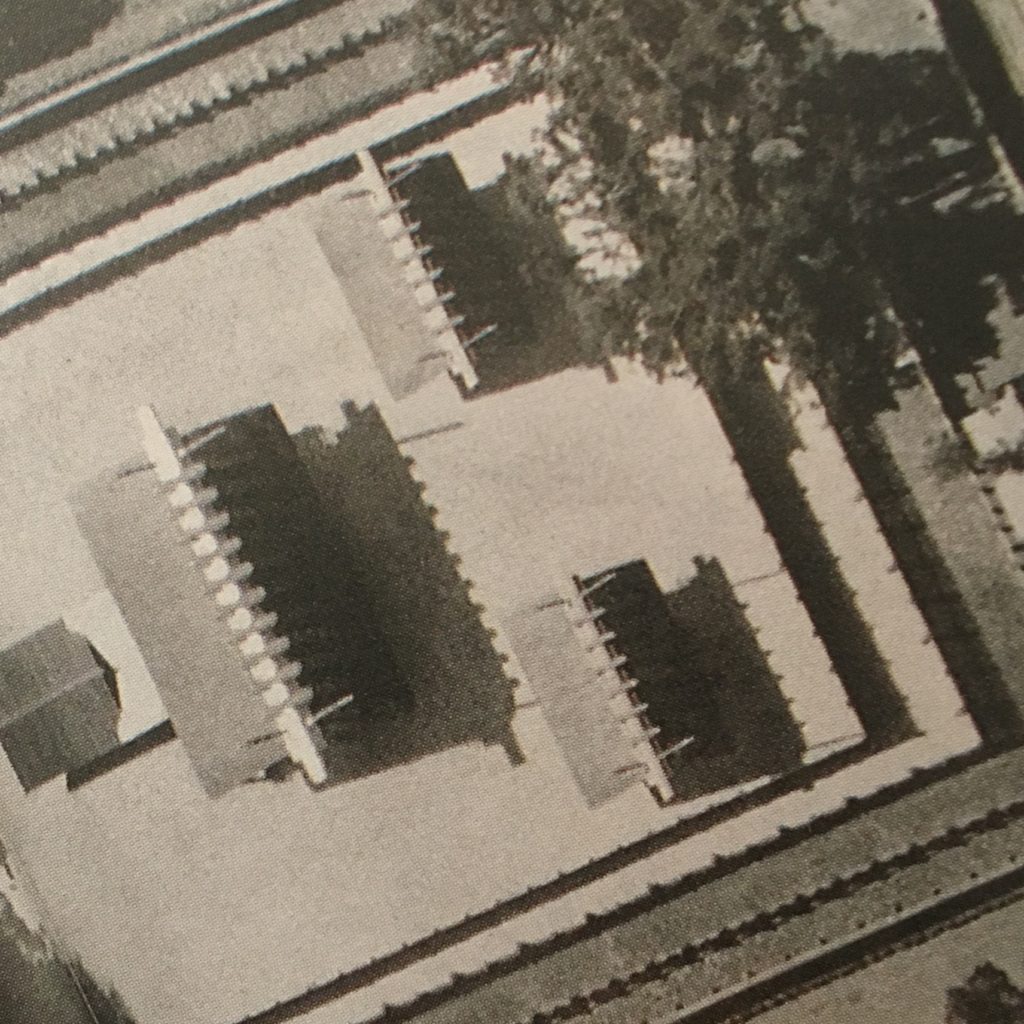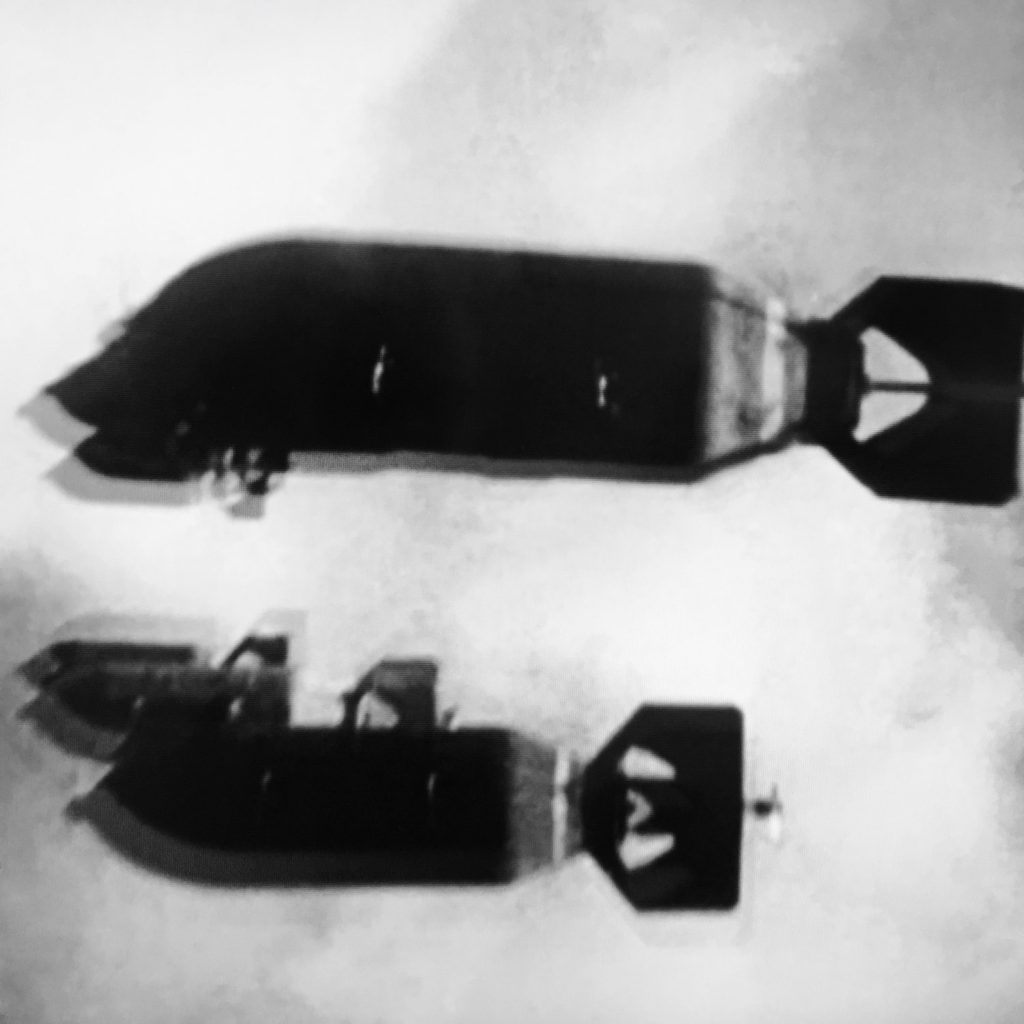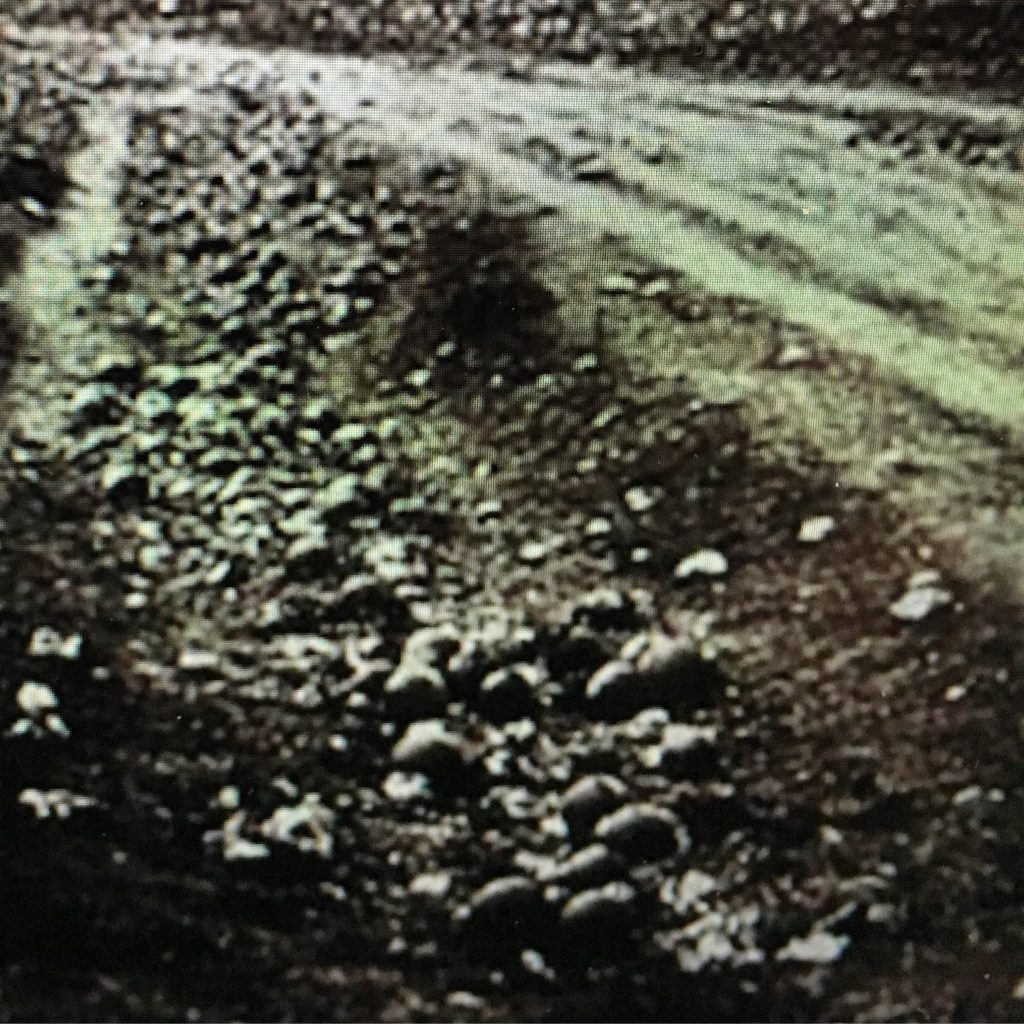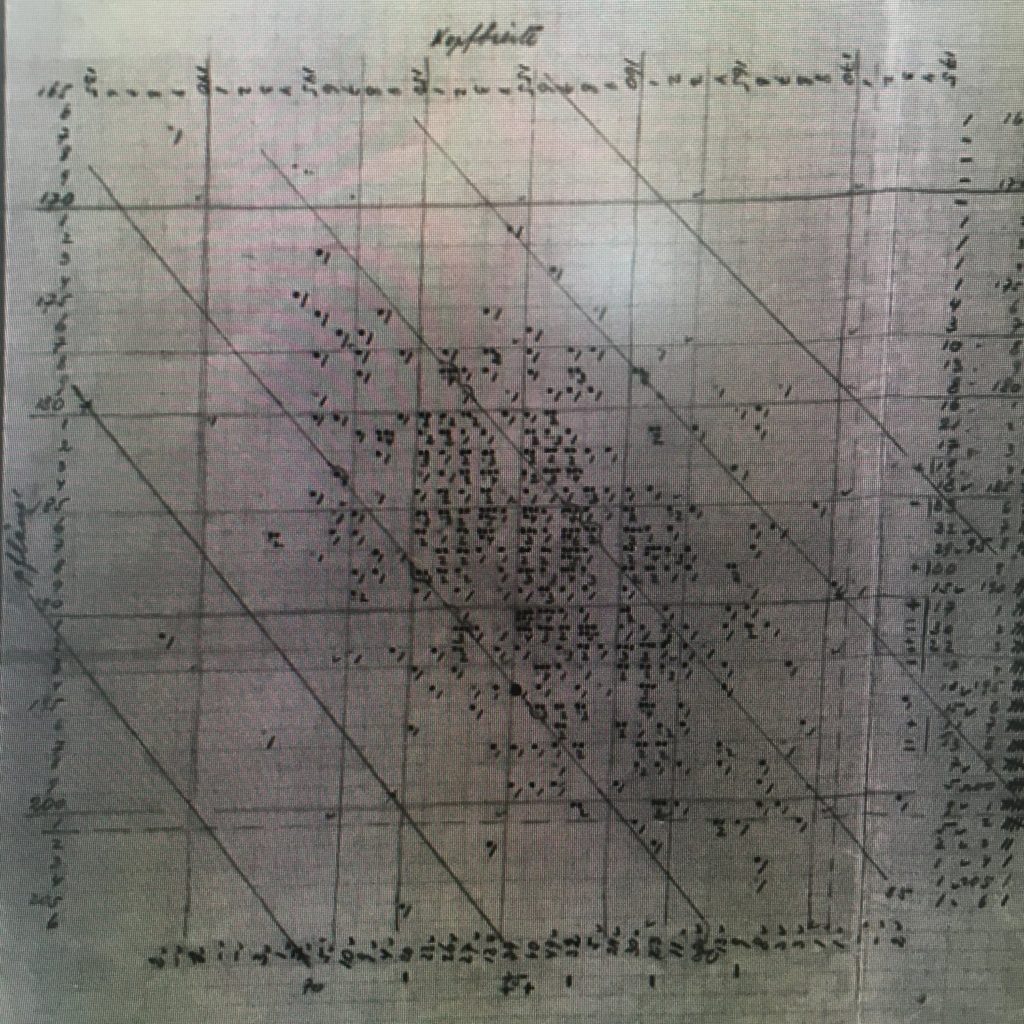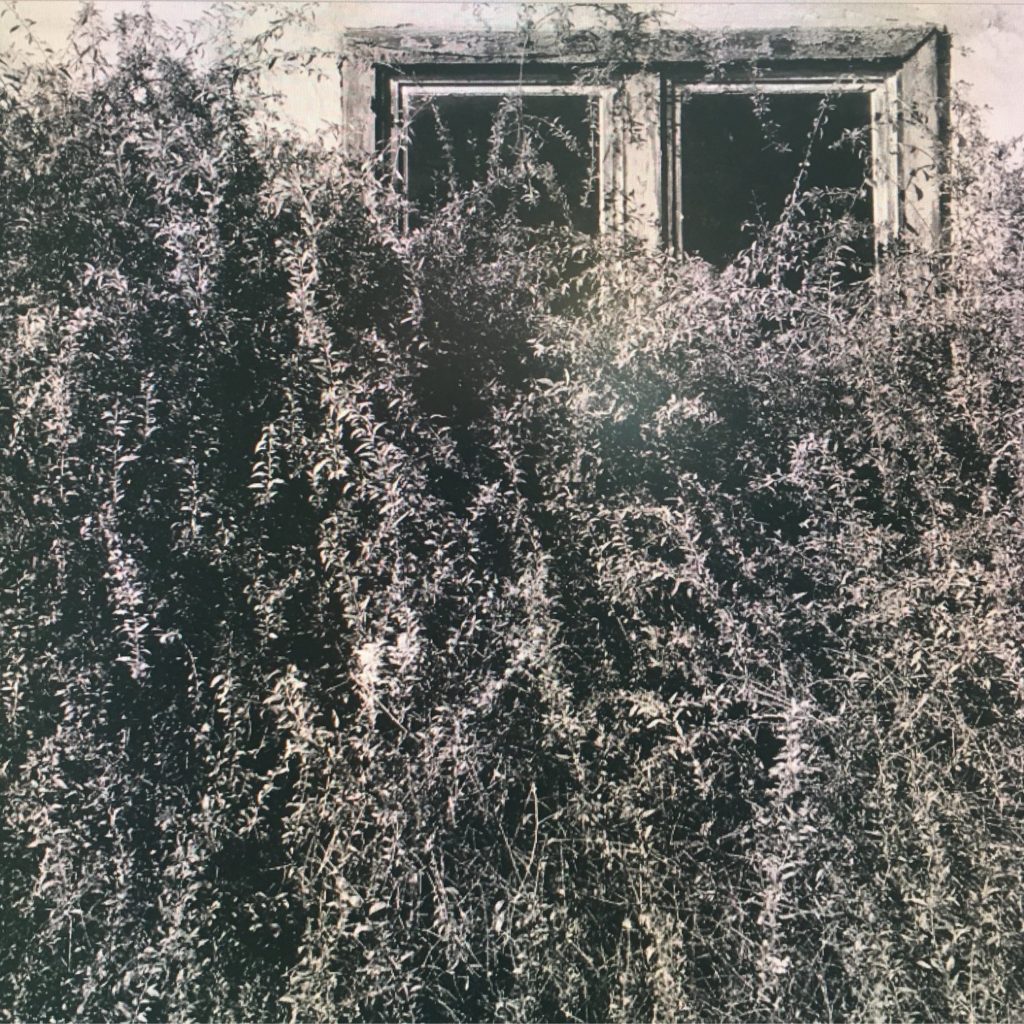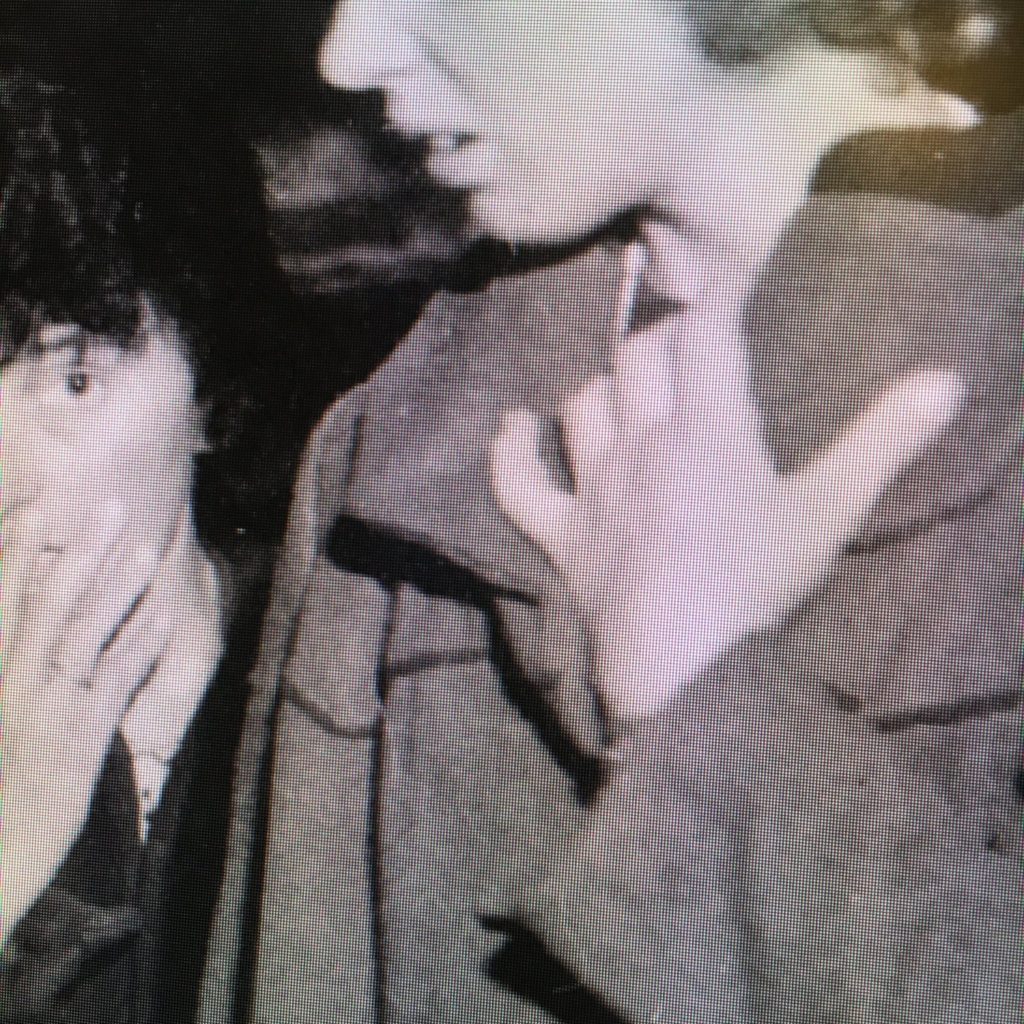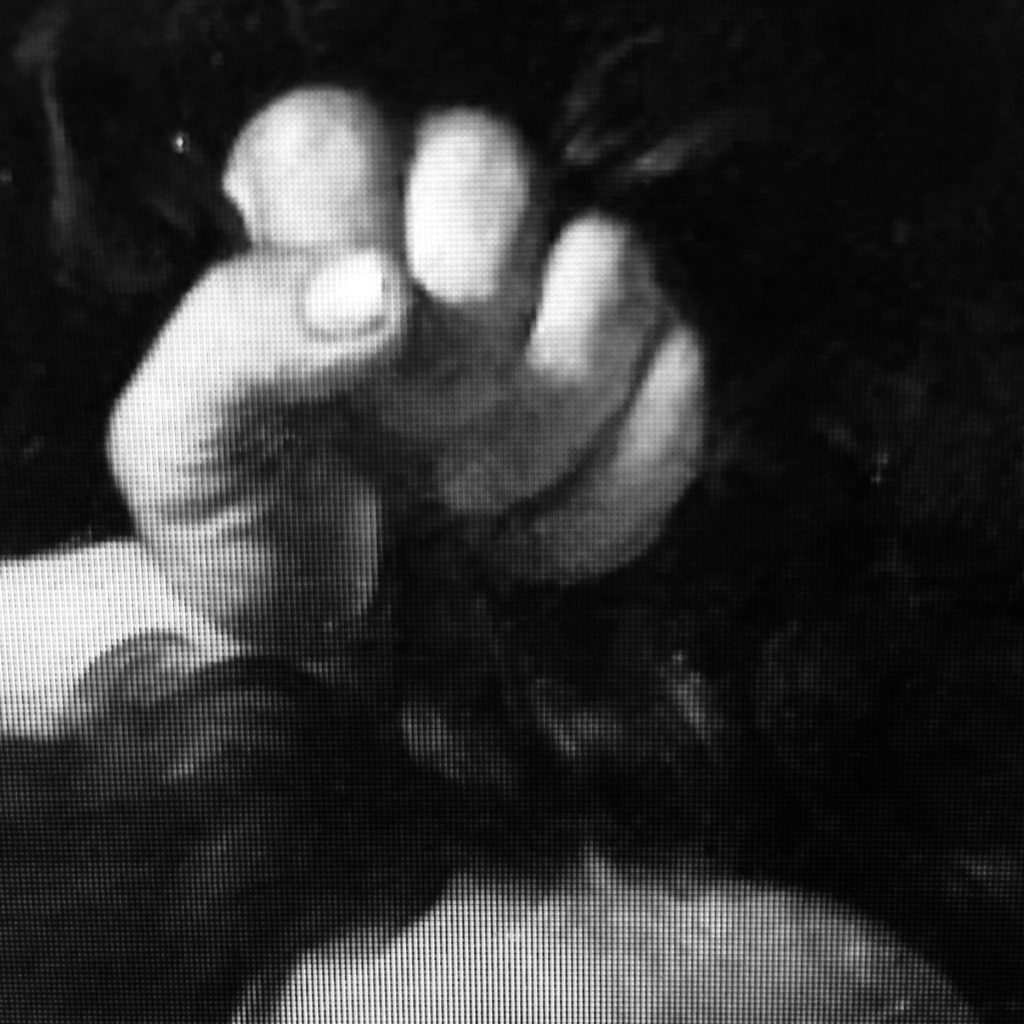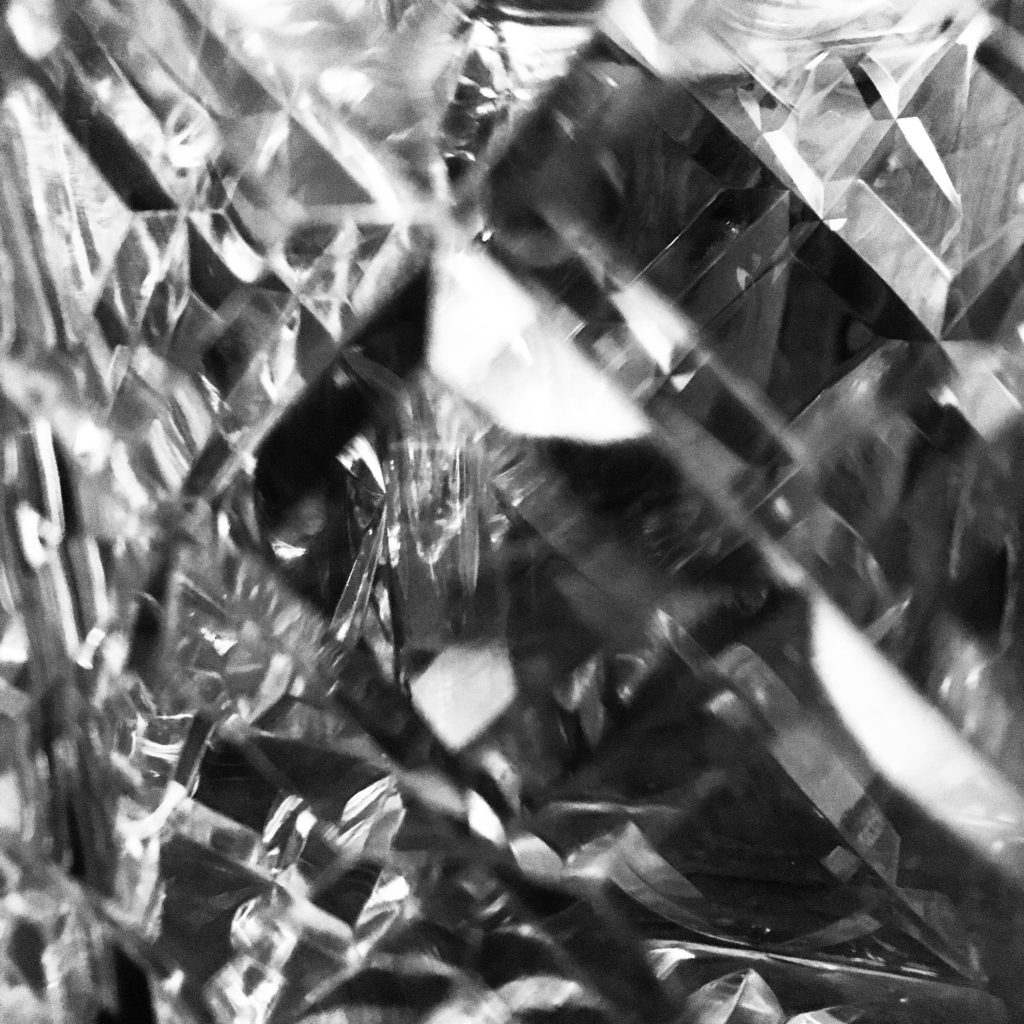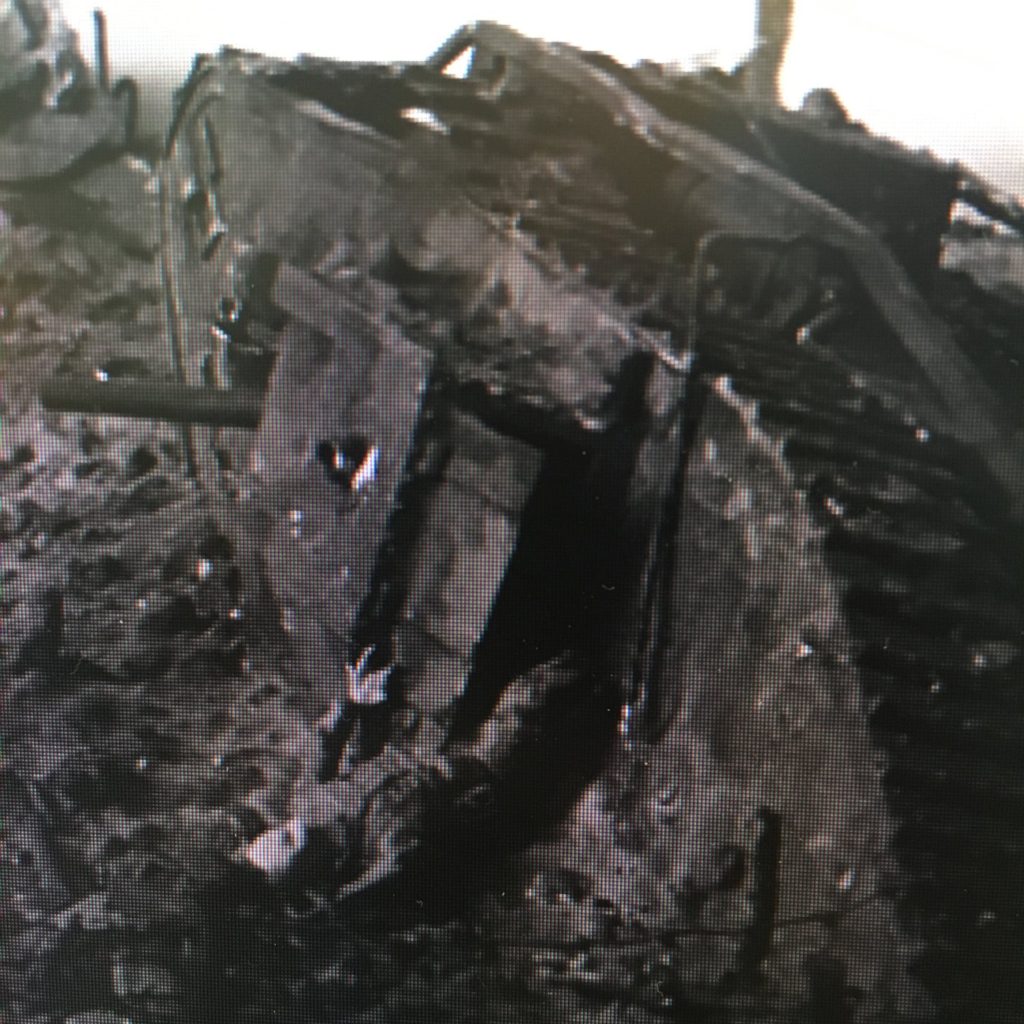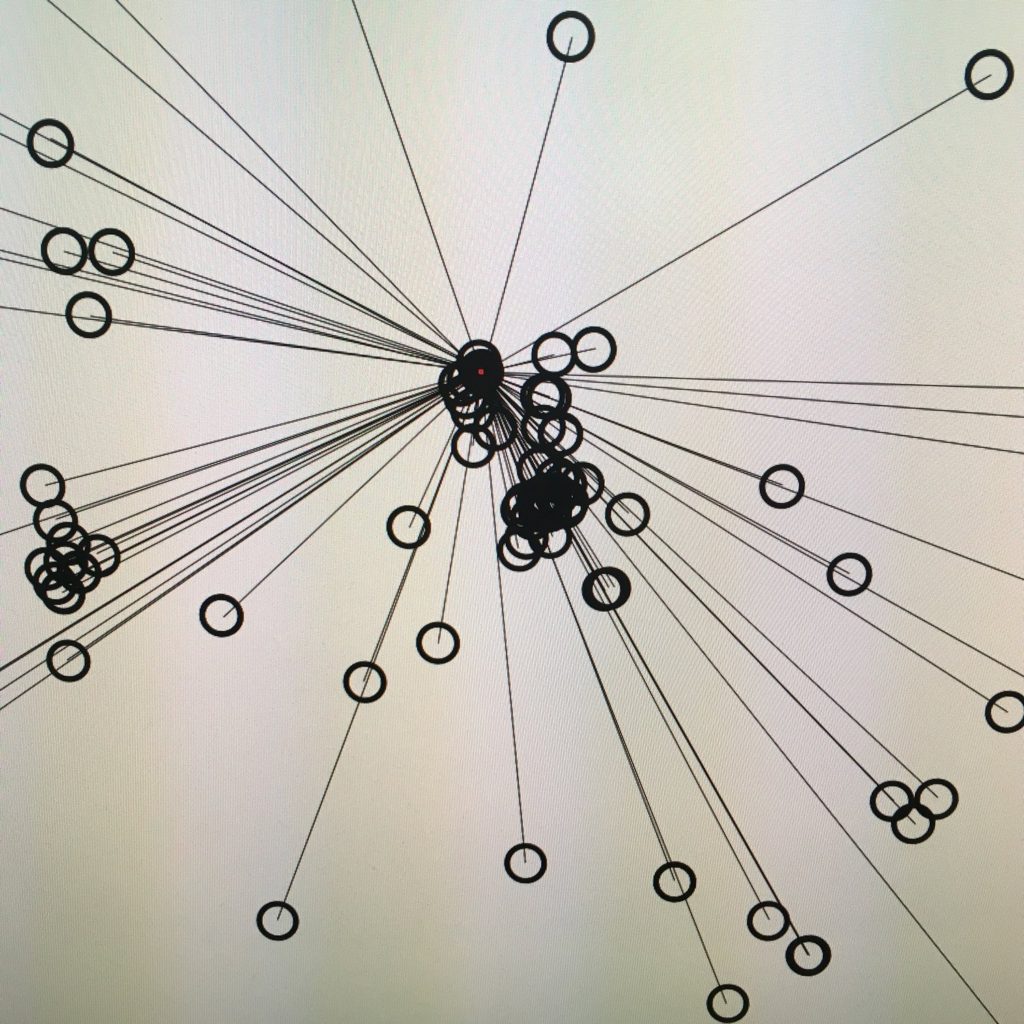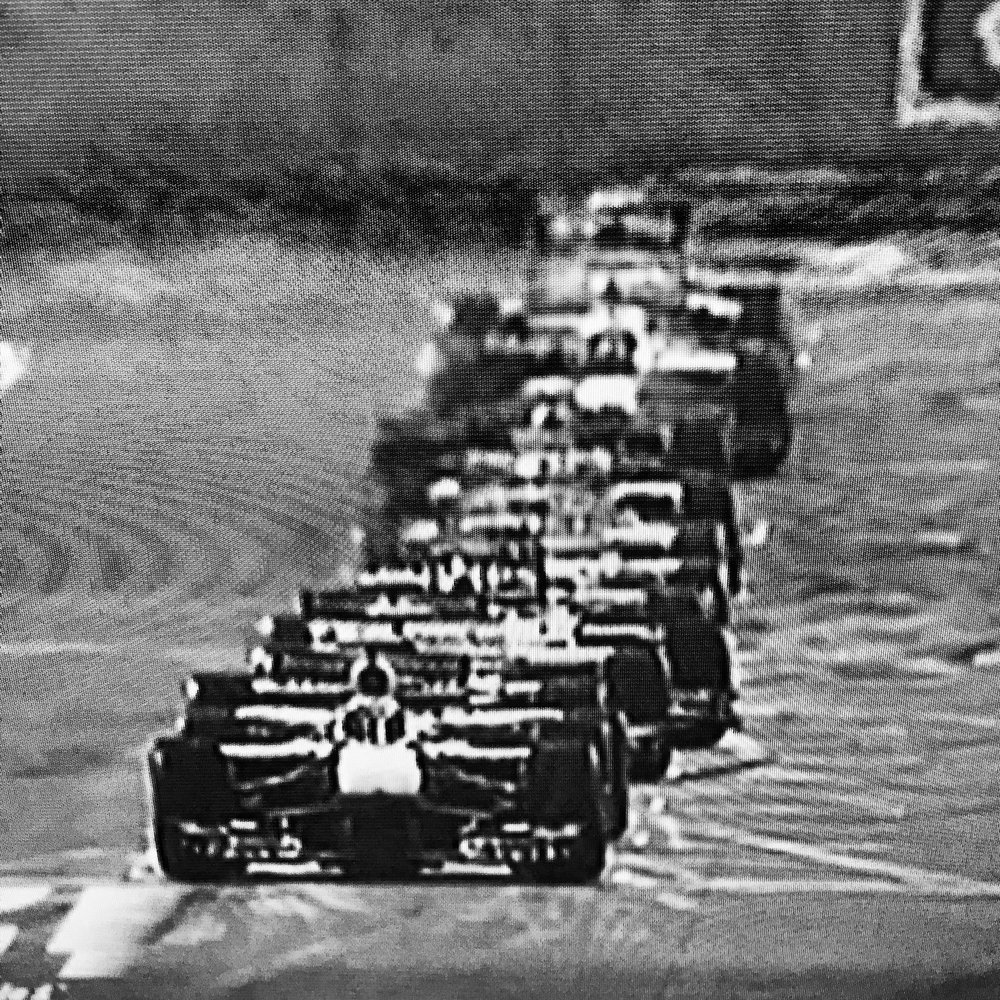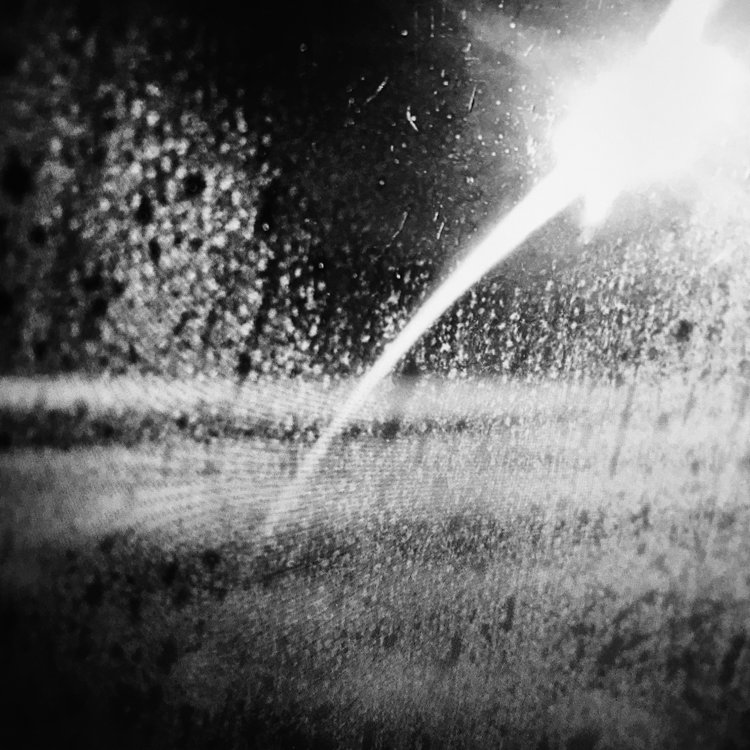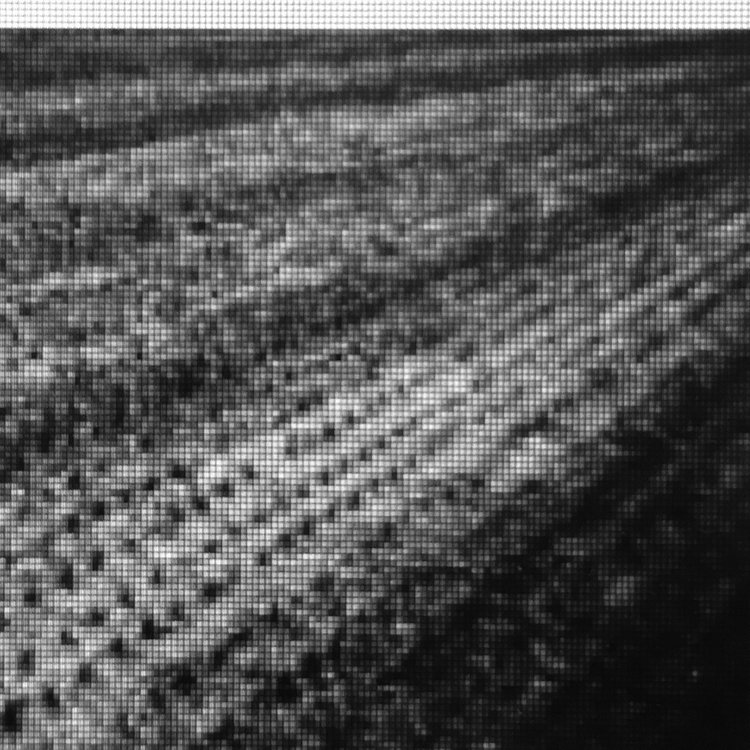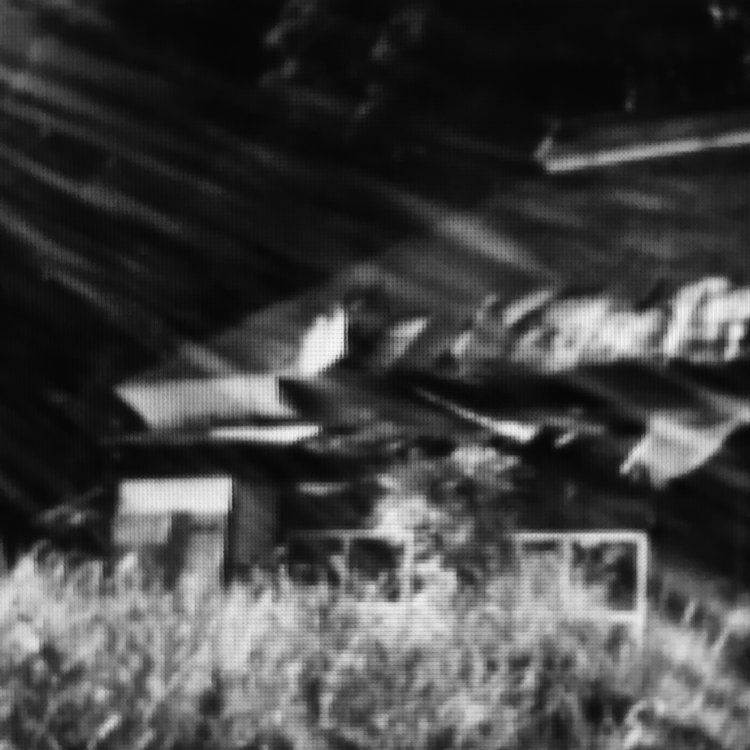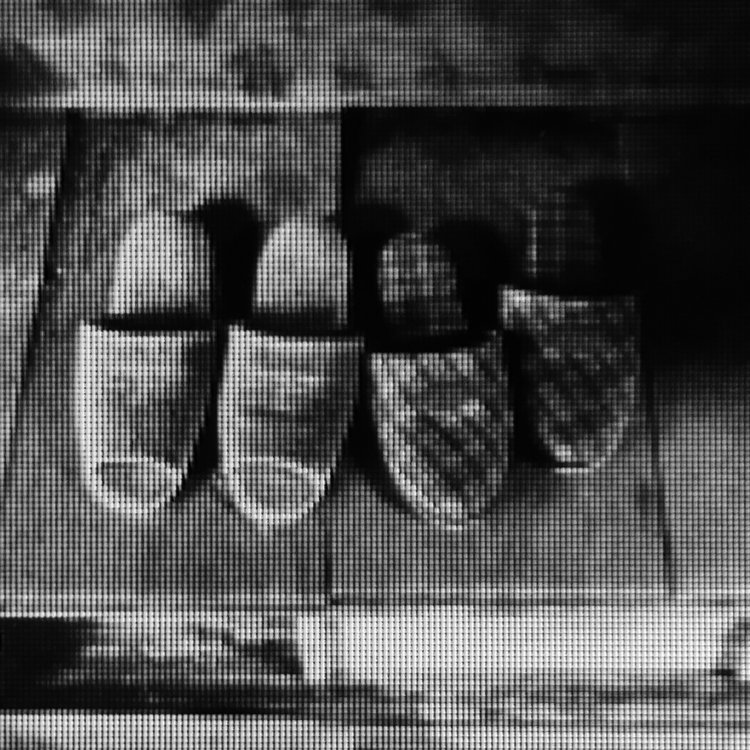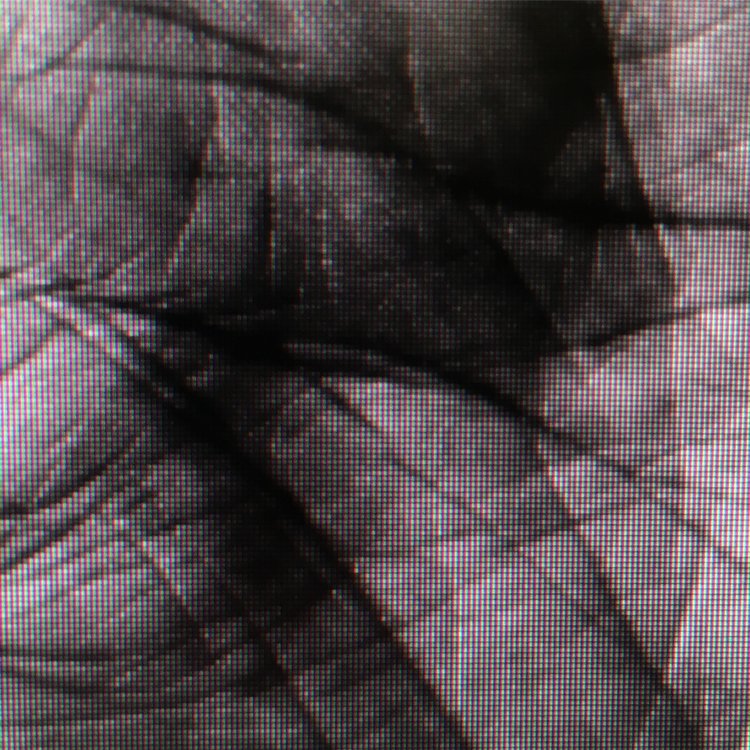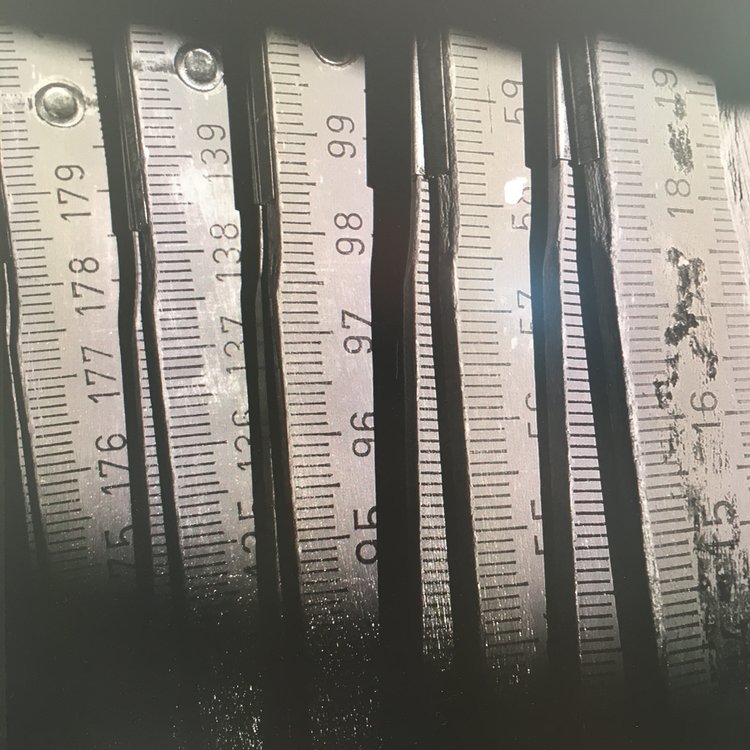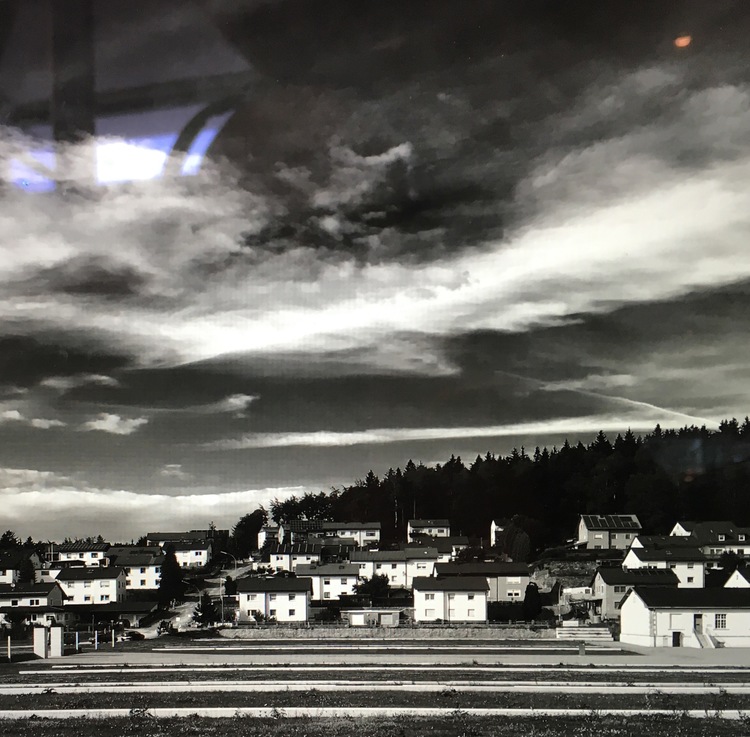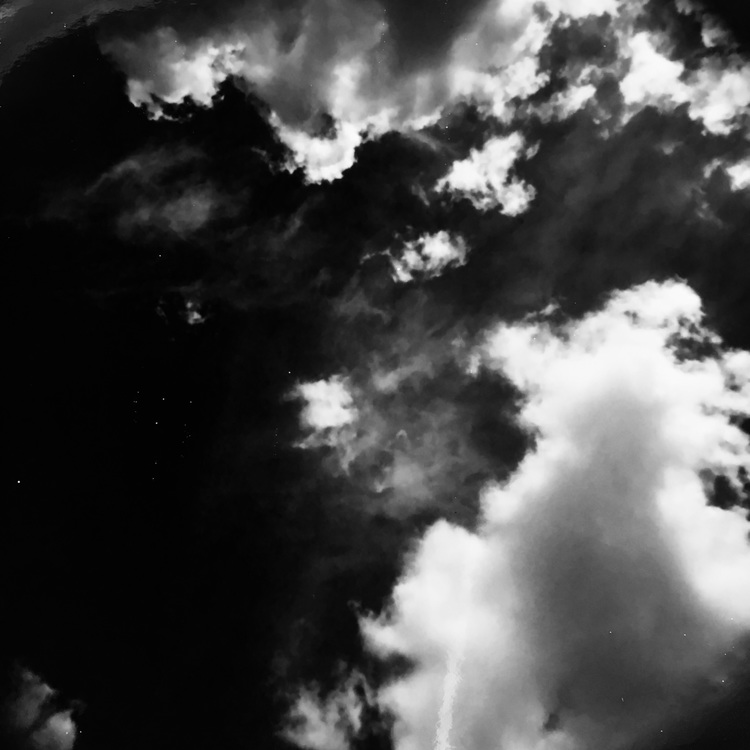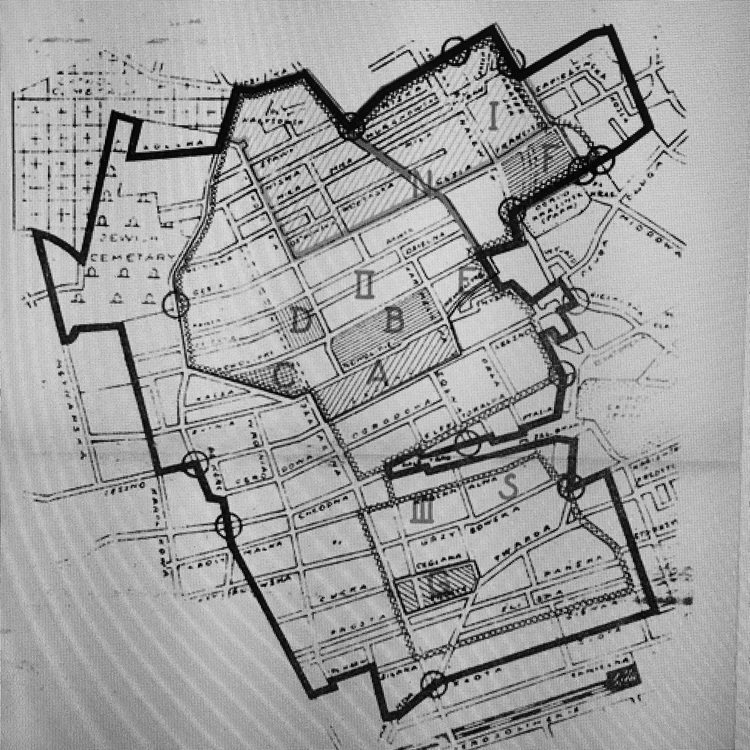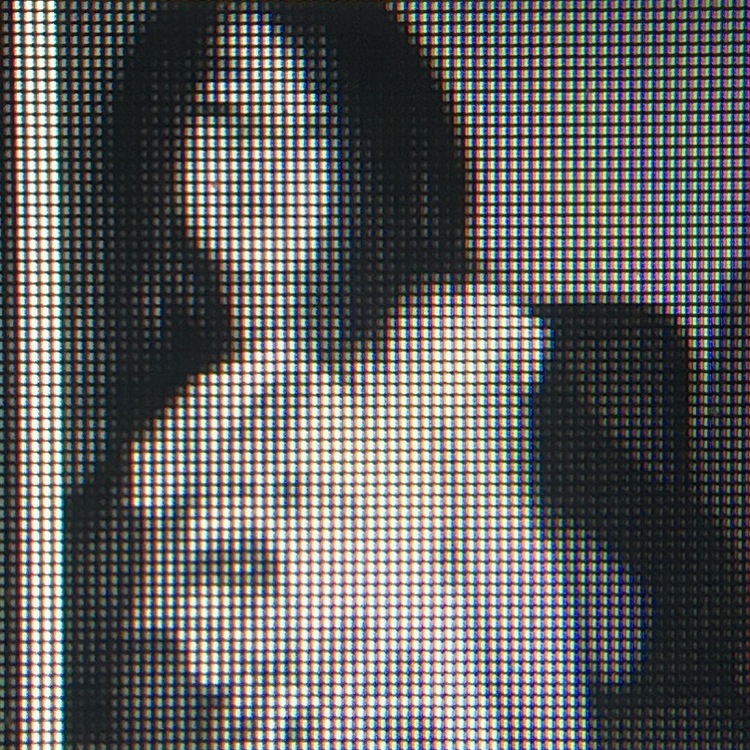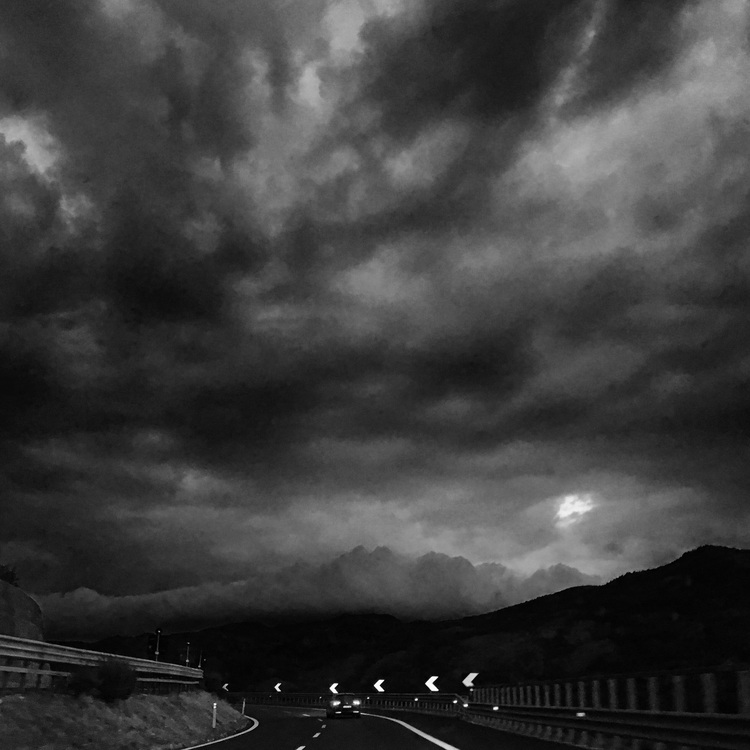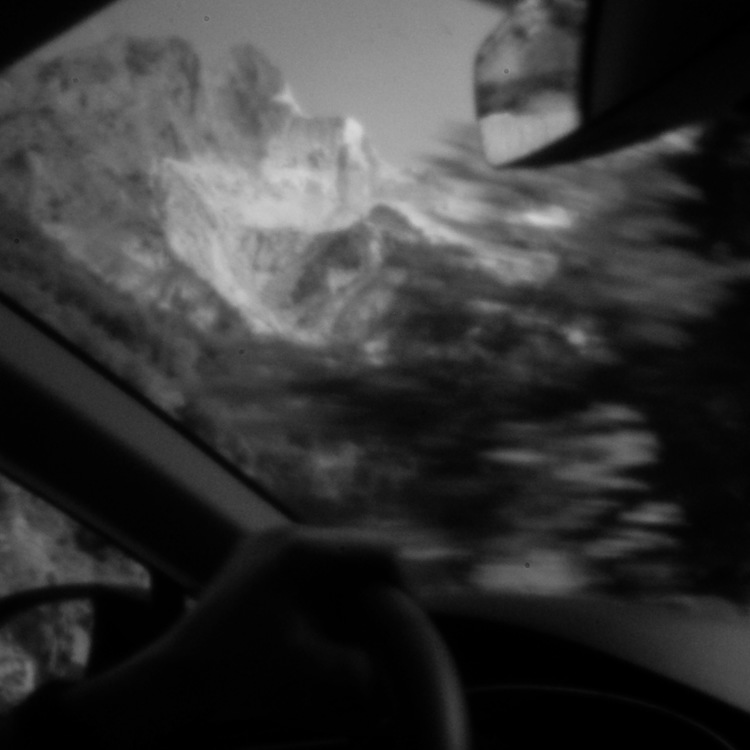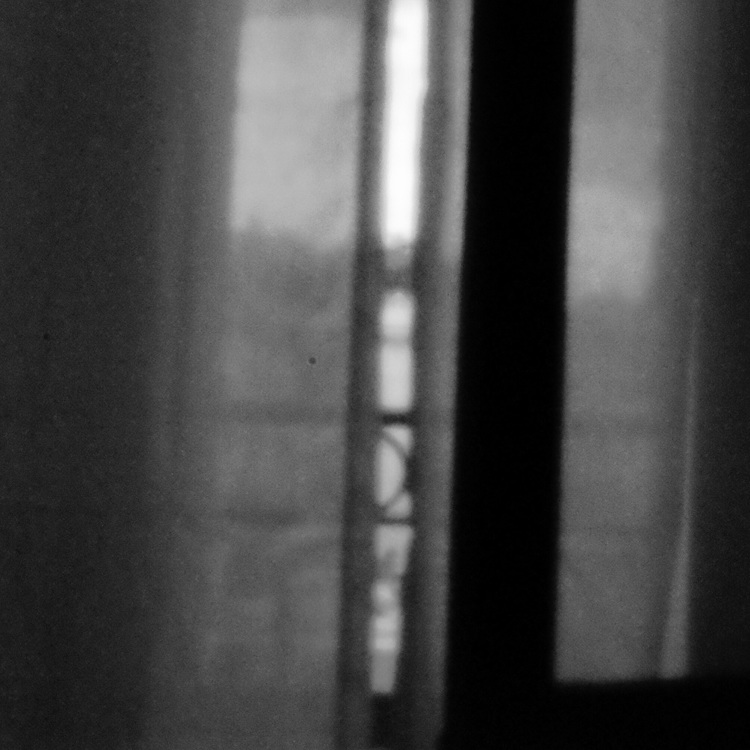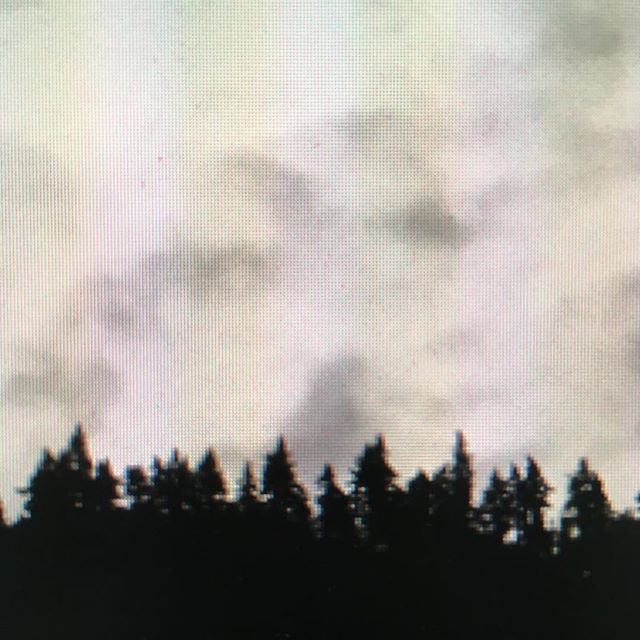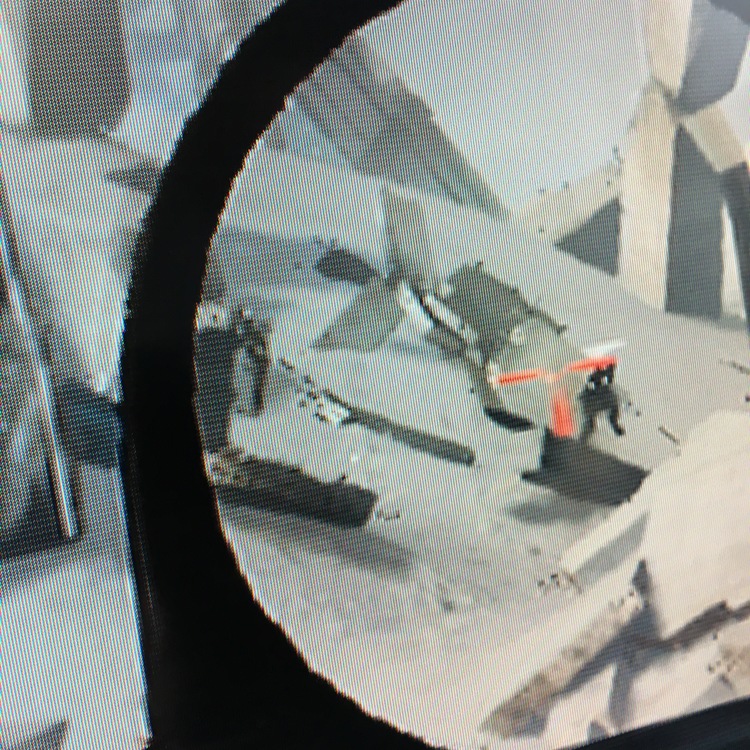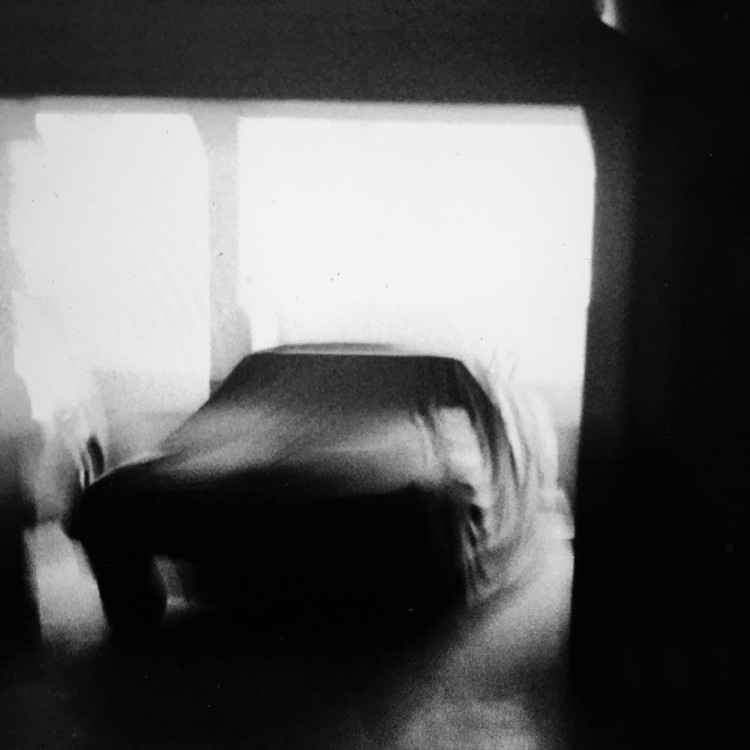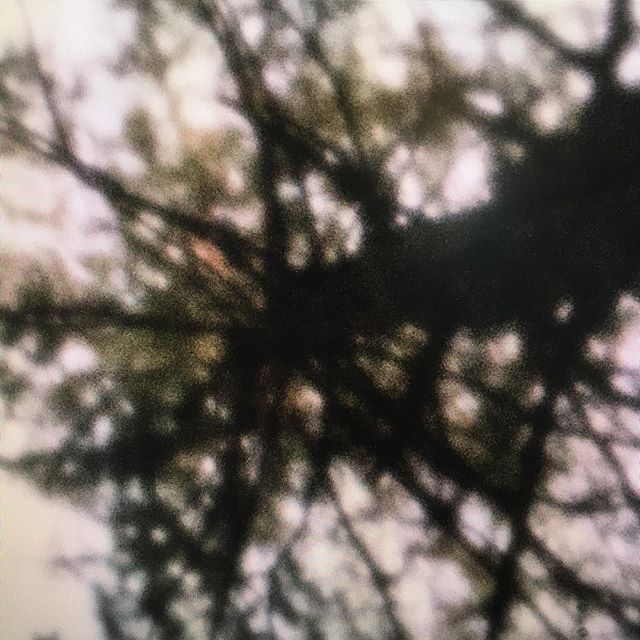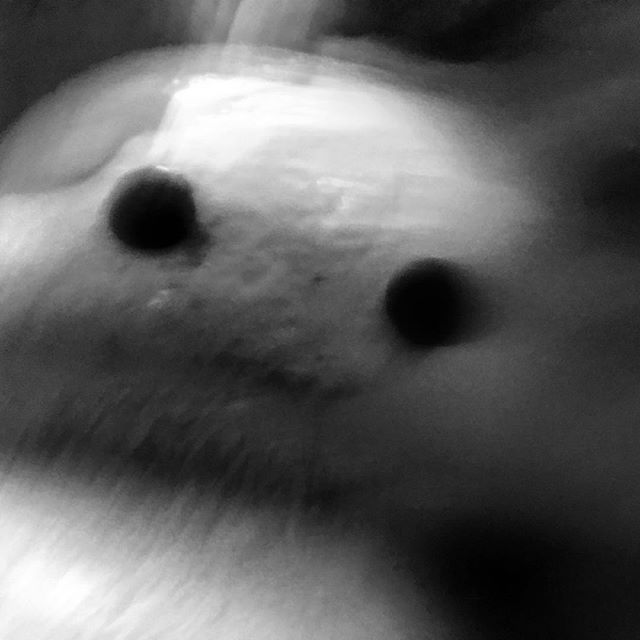 Dear Ivan, Perhaps sitting on a boat and watching the shore is a better perspective. Often I find myself wishing for more distance and less speed.
Dear Ivan, Perhaps sitting on a boat and watching the shore is a better perspective. Often I find myself wishing for more distance and less speed.
Sometimes I stand on the shore, look out to the sea and imagine setting out. Yet too many on this same sea have fled danger, and are looking at land appearing in the distance, seeking safe harbor. My impulse to leave all behind is dwarfed by the fate of those who were forced to do so. By what authority have I gained the space to pause and stare in the distance?
Yesterday I visited a fairy tale amusement park with my two godchildren. After a day of roller coaster rides, we entered into a vast indoor fantasy: an elven world, a gnomic world, a world of stars. We sat in a little hanging cart and floated silently past these carefully constructed fantasies, looking in awe at vast cities and civilisations, as distant, privileged witnesses from the sky. In that instant, I felt the urge to jump into that magic place, leaving behind all greed and cynicism and war. For a moment, the illusion was complete. Then a deep sadness fell over me, a sadness for all of us.
/// #image_by_image is an ongoing conversation between photographers Ivan Sigal and Anton Kusters. @ivansigal and @antonkusters on Instagram ///
